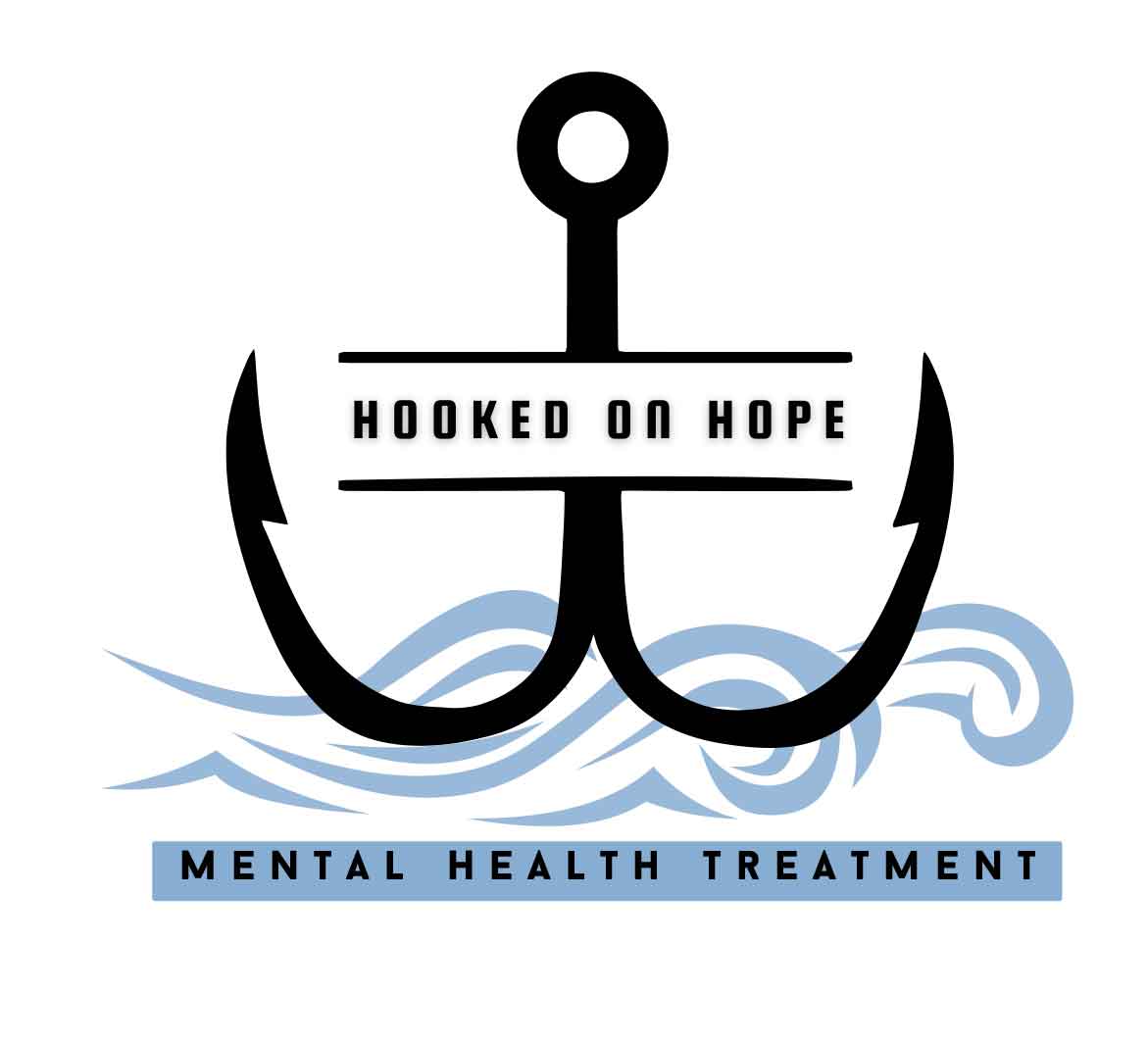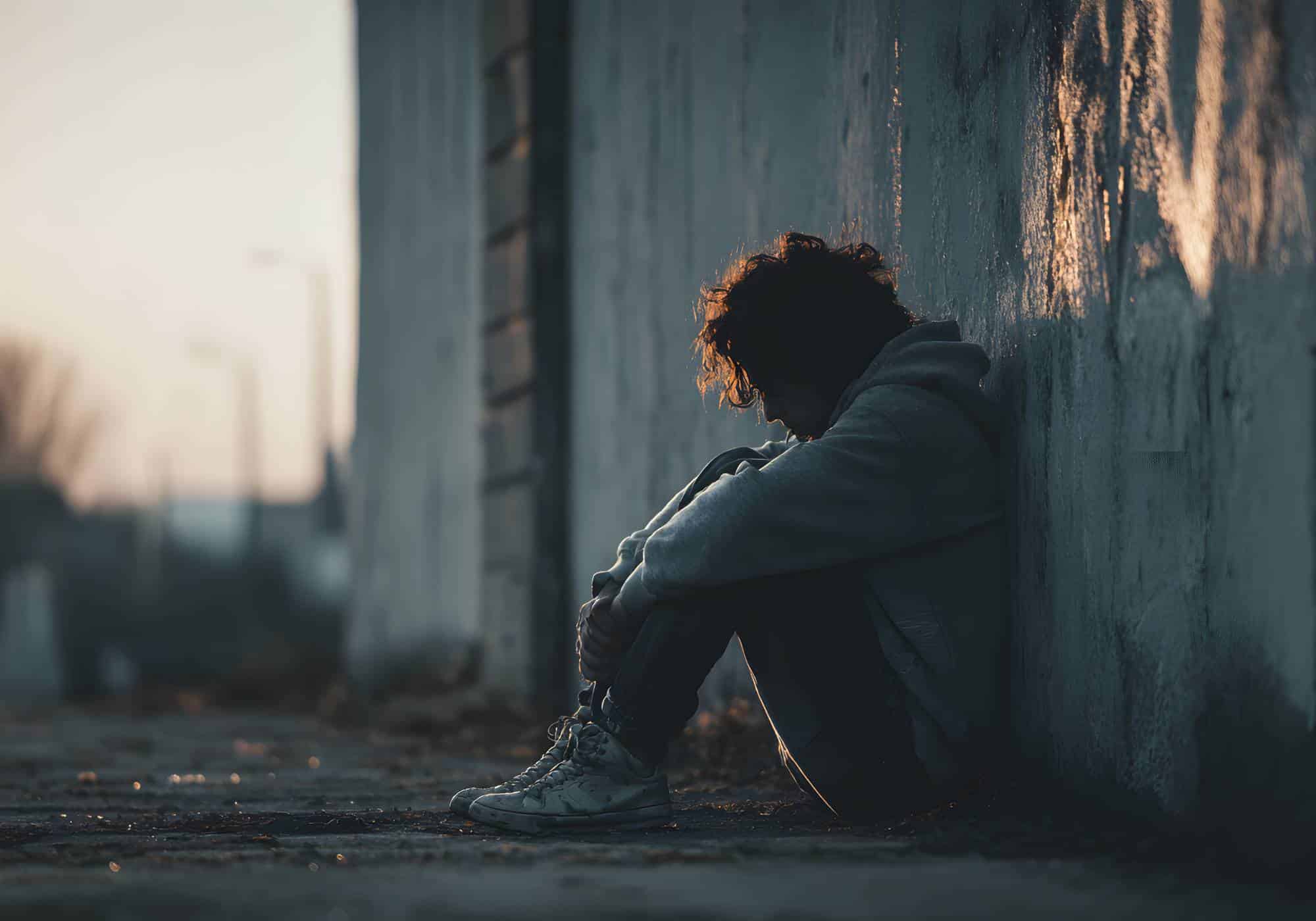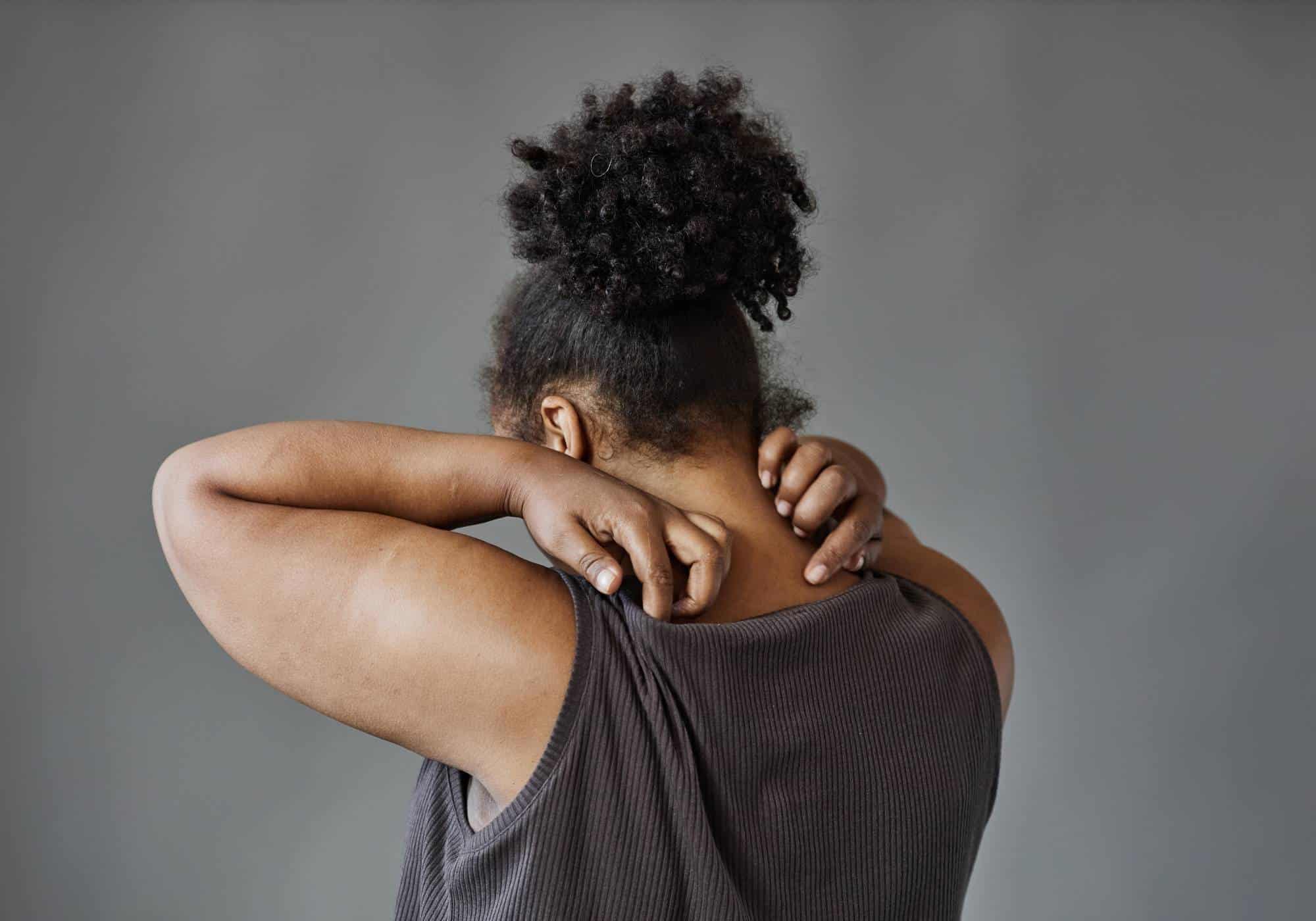Childhood trauma is any distressing event before age 18 that harms a child’s sense of safety and well‑being. Sadly, it’s common. Research shows roughly two‑thirds of adults report at least one traumatic experience early in life. If this describes you, you are not alone—and there is a path forward.
The focus of this page is how to heal from childhood trauma without therapy while also explaining why many people still choose professional care. You’ll learn what childhood trauma is, how it shows up in adulthood, why healing matters, and step‑by‑step techniques that you can start using today. Throughout, we speak directly to individuals and families facing substance use, anxiety, depression, and complex stress.
Here at Hooked on Hope Mental Health in Atlanta, GA, an outpatient mental health treatment center, we also recognize that some seasons call for extra help. Our goal is to educate first, then empower you to choose the safest, most effective next step for your situation.
What Is Childhood Trauma At Its Roots?
Childhood trauma refers to intensely distressing events that disrupt a child’s core need for safety, love, and belonging. These experiences can be single incidents, like a serious accident, or ongoing situations, such as abuse, neglect, or living in a home marked by conflict and fear. The impact is personal: two children can face the same event and be affected very differently.
Trauma can influence emotions, behavior, and even physical health. You might see anxiety, low mood, sleep problems, or trouble trusting others. Some people develop headaches, stomach pain, or chronic tension. The good news is that learning how to heal from childhood trauma without therapy—through skills, routines, and supportive relationships—can lessen these effects. And when paired with professional help, recovery often accelerates.
Healing starts with validation. What happened mattered. Your reactions make sense. From that foundation, you can build new habits that calm the body, steady the mind, and restore connection.
Common Examples of Childhood Trauma
Childhood trauma takes many forms. Recognizing them fosters empathy and opens the door to healing:
- Physical abuse: hitting, burning, or other non‑accidental harm.
- Emotional abuse: constant criticism, threats, rejection, or humiliation.
- Sexual abuse: any sexual contact or exploitation.
- Neglect: unmet needs for food, shelter, medical care, or emotional support.
- Witnessing domestic violence: observing threats or assaults at home.
- Bullying: repeated harm in person or online.
- Loss of a loved one: the death of a parent, caregiver, sibling, friend, or pet.
- Natural disasters and accidents: events that shatter safety and predictability.
- Living in a high‑crime or war‑affected area: ongoing exposure to danger.
- Parental separation or divorce: disruption of the family unit and daily routines.
At Hooked on Hope Mental Health in Atlanta, GA, we provide a supportive environment to examine these experiences and begin to heal. Whether you choose self‑guided strategies or structured care, you are welcome here.
Recognizing the Symptoms of Childhood Trauma in Adulthood
Unresolved trauma can surface years later. Common patterns include:
- Relationship strain: difficulty trusting, fear of intimacy, or choosing unsafe partners.
- Boundary problems: saying yes when you mean no, or becoming rigid and controlling.
- Anxiety, depression, and low self‑esteem: persistent worry, sadness, or self‑criticism.
- Anger and irritability: quick reactions, frequent arguments, or simmering resentment.
- Stress sensitivity: feeling overwhelmed by routine demands.
- Avoidance: steering clear of memories, conversations, or places that trigger pain.
- Addictive coping: using alcohol, drugs, food, gambling, shopping, or sex to numb.
- Physical symptoms: headaches, gut issues, chronic pain, or fatigue without clear cause.
If several resonate, take it as data—not a diagnosis. It’s a sign your nervous system is asking for care and consistency.
Why It’s Important to Heal Childhood Trauma
Trauma rarely fades on its own. Unprocessed memories and sensations can keep your body on high alert and your mind stuck in old loops.
Healing matters because it:
- Reduces symptoms that disrupt work, school, and relationships.
- Improves mood, sleep, focus, and stress tolerance.
- Lowers risk for substance misuse and health problems linked to chronic stress.
- Strengthens family connections and breaks intergenerational patterns.
Pursuing recovery is not self‑indulgent. It is essential self‑care that benefits everyone around you.
Childhood Trauma: The Uninvited Guest Who Never Leaves
The title is blunt for a reason: unresolved trauma shows up where you least expect it. It can amplify anxiety, deepen depression, and strain friendships or marriages. It also affects the body. When the threat system stays “on,” stress hormones rise, inflammation increases, and sleep suffers. Over time, that can impact heart health, immunity, and metabolism.
Cognitively, trauma may cloud attention and memory. Decisions feel harder. Small tasks can become uphill climbs. None of this means you are broken. It means your brain and body adapted to survive. With steady practice, those adaptations can change.
Compassion is the first intervention. Replace “What’s wrong with me?” with “What happened to me, and what do I need now?” Then build a plan that meets you where you are.
Therapeutic Techniques to Heal Trauma
There are many paths through trauma. These clinical approaches are frequently used:
- EMDR (Eye Movement Desensitization and Reprocessing): bilateral stimulation helps the brain reprocess traumatic memories so they lose intensity.
- Inner child work: comfort and update younger parts of self through guided imagery, letters, or dialogues.
- Somatic experiencing: notice sensations and release stored survival energy with breath, movement, or tremors.
- Parts work: identify protective parts that formed during trauma and gently integrate them with the here‑and‑now self.
You can learn elements of these at home—especially grounding, breathwork, and compassionate self‑talk—while seeking a provider when you want deeper support.
Therapeutic Treatments for Overcoming Childhood Trauma
Evidence‑based therapies with strong results include:
- Cognitive Processing Therapy (CPT): challenges stuck points and outdated beliefs that formed around the trauma.
- Trauma‑Focused Cognitive Behavioral Therapy (TF‑CBT): processes memories while building coping skills; often includes caregiver involvement.
- EMDR: reprocesses distressing memories using structured sets of eye movements or taps.
- Narrative Exposure Therapy (NET): creates a chronological life story that places trauma in context.
- Prolonged Exposure: safely revisits triggers and memories to reduce their power.
A practitioner trained in these modalities can help you tailor a plan. Self‑guided practices can complement therapy or serve as a bridge while you consider care.
Extra Tips on How to Heal from Childhood Trauma
Emotional recovery is personal and nonlinear. These principles make it gentler:
- Acknowledge and validate feelings without judgment.
- Build a circle of support—friends, family, or peers who “get it.”
- Practice self‑care you can actually keep: sleep routines, hydration, meals, movement.
- Set and protect boundaries that match your energy and values.
- Use mindfulness to anchor in the present when the past intrudes.
- Be patient. Progress often feels slow until it suddenly adds up.
- Cultivate self‑compassion. Talk to yourself as you would to someone you love.
- Reclaim your story. Your past shapes you, but it does not define your future.
- Journal to track triggers, wins, and themes you want to change.
Lifestyle Changes That Support Healing
Daily habits can calm the nervous system and strengthen resilience:
- Sleep 7–9 hours most nights; keep a stable wake time.
- Choose balanced meals rich in protein, fiber, and omega‑3s; limit ultra‑processed foods.
- Move your body 20–30 minutes most days—walks, yoga, dancing, or strength work.
- Try meditation or breathwork for 5–10 minutes; build up slowly.
- Spend time outdoors; green spaces reduce stress.
- Join a support group to reduce isolation and learn skills.
- Read trauma‑informed books to expand your toolkit.
- Limit alcohol and drugs; they may numb pain short term but worsen symptoms long term.
- Schedule simple joy—music, art, gardening, or time with supportive people.
Small, consistent steps are more powerful than perfect plans you can’t keep.
When to Seek Professional Help
Self‑directed healing can go far, but some signs call for clinical support:
- Flashbacks, panic attacks, or dissociation disrupting daily life.
- Self‑harm thoughts or suicidal thinking—seek help immediately (in the U.S., call or text 988).
- Substance use to cope that feels out of control.
- Weeks of insomnia, severe depression, or escalating anxiety.
- You’ve tried on your own and feel stuck or exhausted.
Asking for help is a strength move. It gives your nervous system more options—and often quicker relief.
Finding the Right Trauma Treatment
The right fit matters more than a perfect résumé. Look for:
- Specific training in trauma (e.g., EMDR, TF‑CBT, somatic approaches).
- Experience with childhood trauma and, if relevant, co‑occurring substance use.
- A sense of safety: you feel heard, respected, and not rushed.
- Willingness to collaborate on pace, goals, and cultural or family context.
Many people benefit from combining modalities. Trust your instincts. If a provider isn’t the right match, it’s okay to try someone else.
Healing Is a Journey
There is no finish line or “right speed.” Expect ups and downs. When hard feelings arise, remind yourself that you are safe now and capable of change. Neuroplasticity—the brain’s ability to form new pathways—means healing is possible at any age.
You are more than what happened. With steady practice and care, life can become wider, calmer, and more connected. For guidance or companionship on the path, contact Hooked on Hope Mental Health at 470-287-1927 or fill out our online contact form to explore options that fit your needs.






